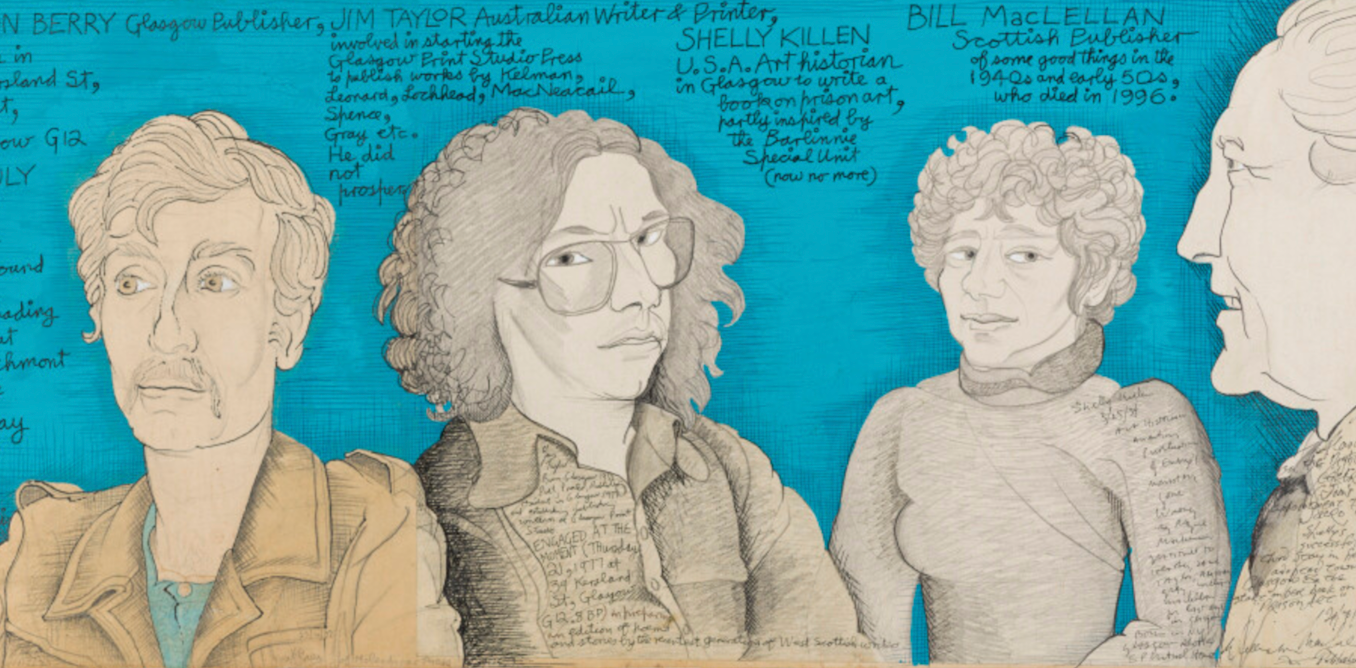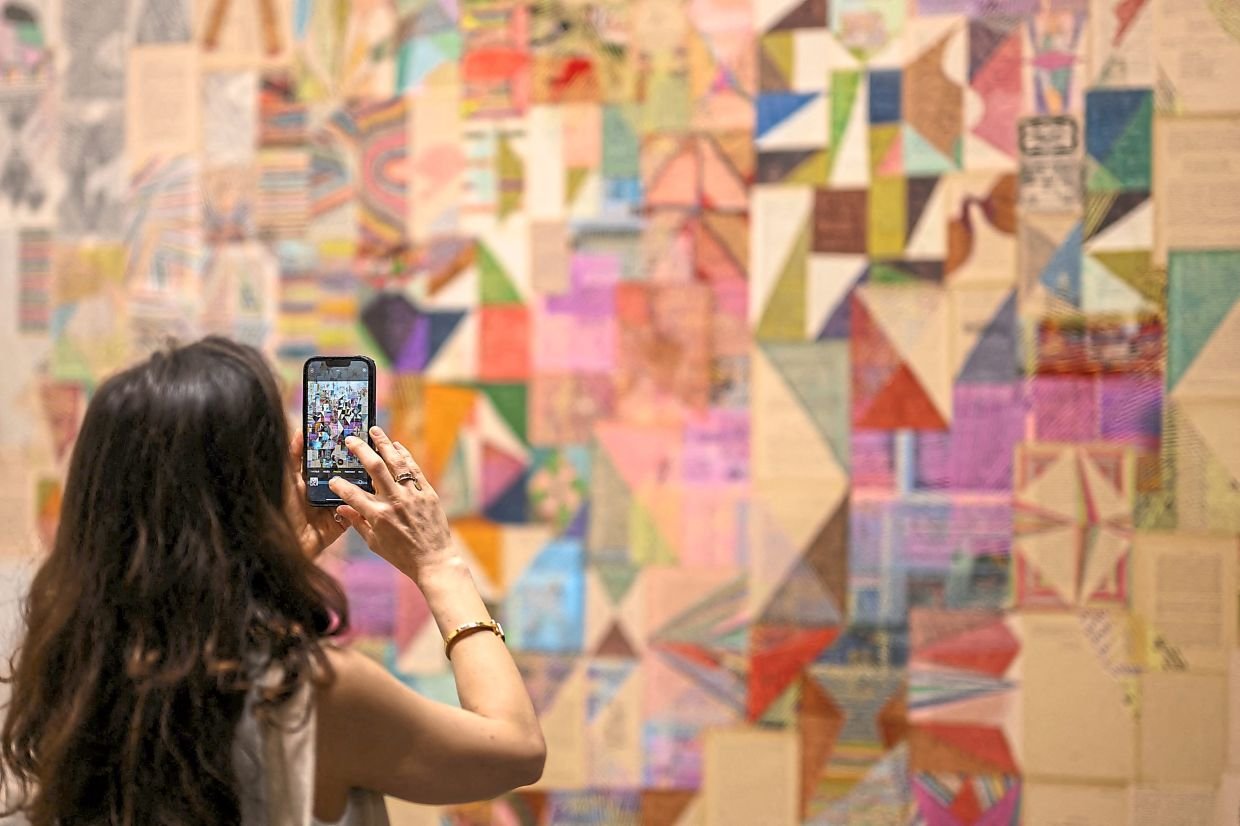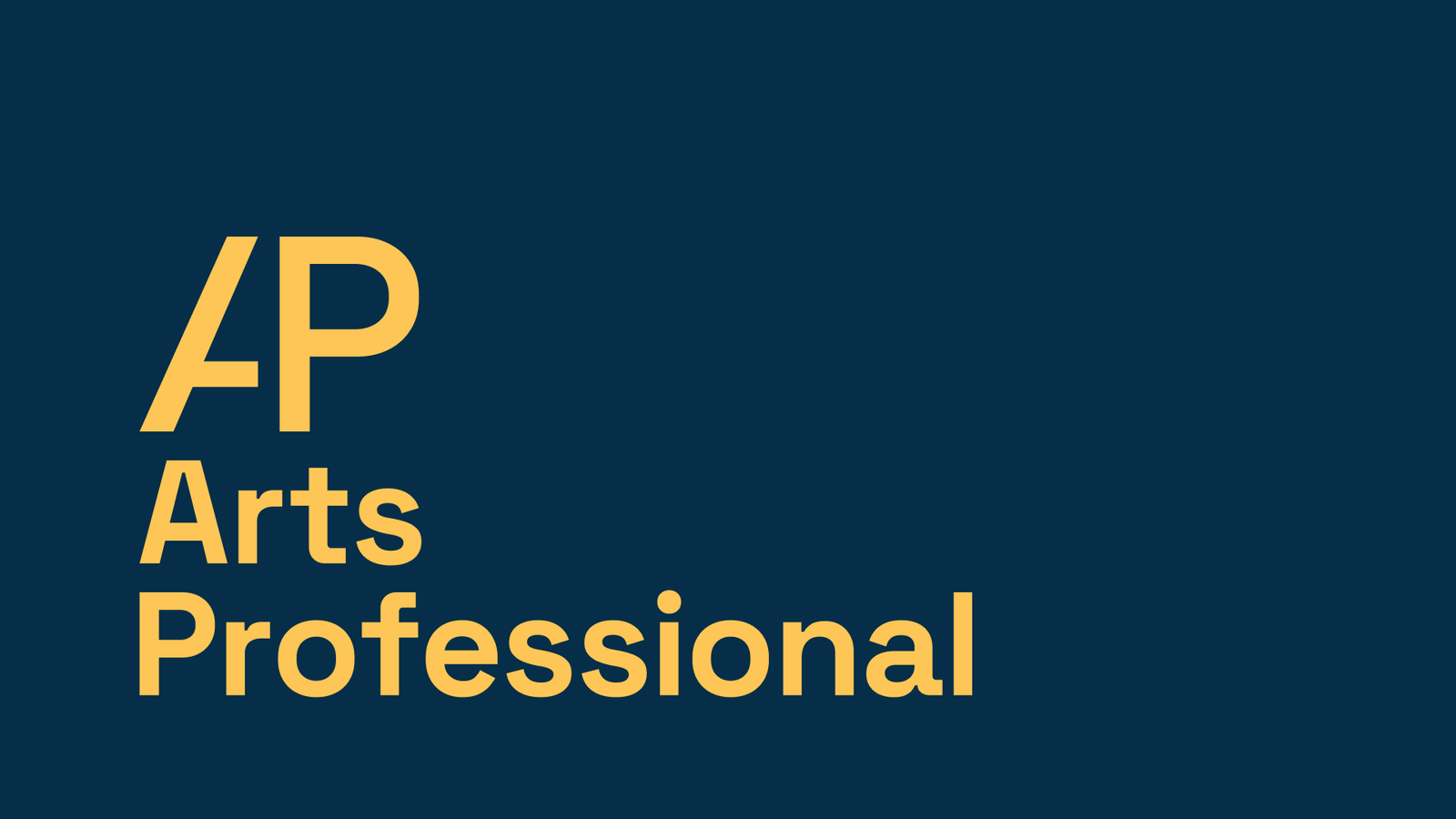ABU DHABI
The inaugural edition of the Public Art Abu Dhabi (PAAD) Biennial transformed the Emirati capital into an open air gallery with stunning sculptures, installations and artworks by 70 international artists peppering several parts of the city as well as the world heritage site of Al Ain. The event leveraged public spaces―the coastline, bus station, carpet souk, national theatre, children’s park and heritage sites―as showcases of art inviting ordinary people to view them along eight thematic, self-guided routes.
“We wanted to create spontaneous public interactions for residents to uncover new perspectives of their city, exposing them to encounter art in their everyday lives―whether they are driving to work, walking around, or passing by. Through these interventions, they can engage more emotionally and intensely with public spaces than they may have in the past,” said Reem Fadda, director of culture programming at the department of culture and tourism, Abu Dhabi, which organised the event.
Foundational to the $35 million initiative was its community engagement effort which also bolstered the Emirates’ wider creative industries through public art. The overarching aim ties in with the UAE’s larger cultural policy to position art and culture as key drivers of economic development, challenging the western-centric paradigm in the art world and decentralising from major art trade hubs like New York, London and Paris.
Indeed Abu Dhabi seems to be a city in the throes of a cultural revolution, fervently building art spaces, galleries and museums (including The Louvre and the upcoming Guggenheim, among others) to create a thriving cultural ecosystem.
For the biennial though, all artworks were born organically from a series of site visits during which artists explored the city to identify spaces and themes that resonated with their practices or reflected sociological, economic or environmental concerns. “This engagement with the UAE’s history and evolution then allowed artists to draw on the environment’s cultural, ecological and architectural narratives,” explained curator Mona Al-Jadir.
Each artist presented a unique perspective on the complex relationships between environment, community and urbanity, and how these elements define public spaces in Abu Dhabi and Al Ain. Also nestled on the corniche was New York-based Emirati artist Farah Al Qasimi’s work ‘Homesickness’, which transformed the shoreline into a setting for nostalgia. The doleful soundscape of a constellation of oysters referenced a traditional chant of the wives of pearl divers as their husbands went out to sea. The piece effectively established the connect between women and the sea, and its cultural and economic significance in the Emirati culture.
The bustling carpet souk was the site for Christopher Joshua Benton’s work, ‘Where Lies My Carpet Is Thy Home’, which transformed the marketplace into a community engagement space. The gargantuan carpet, that blended Afghan war carpet designs with 8-bit pixel imagery, wove in stories of migrant merchants from Afghanistan, Pakistan and India. Visitors were invited to walk over it, engage and reflect, thus reinforcing the biennial’s aim to make art accessible.
Focusing on public art as a resource available to everyone including children was Abu Dhabi-based artist Ayesha Hadhir’s ‘Playful Traditions’ at the Cultural Foundation which combined cultural heritage with playful learning. It incorporated a dhow (sailing vessel) in a water fountain where children could learn about local fish such as the hamour, and traditional fishing traps like a gargour.
The concept of engaging communities through storytelling took on a unique form in Assam-based Anga Art Collective’s work, ‘Migration Granary’. The architectural complex―a bamboo hut furnished with indigenously crafted bric-a-brac, ropes and textiles―was sited at the Hili Archaeological Park in Al Ain. It incorporated materials like bamboo, jute and fabrics native to India’s northeastern states to provide an intimate space for reflection on the theme of migration and the hardship and pain involved in displacement.
“We’ve tried to integrate diverse aspects of landscapes―such as its situation, sounds, human conditions, orality, and non-human perspectives―to propose an environment that encourages empathy for displaced people. The migration’s challenges connect with Al Ain’s historical significance as a site of human settlement and movement,” elaborated Dhrubajit Sarma, a member of the 10-artist collective.
Similarly, Mumbai-based sound artist Kabir Mohanty’s work, ‘An offer from the desert’, a sonic installation inspired by the symbolic rituals of tying threads at a dargah, provided a space for reflection, seeking depth and truth. Starting from workshops initiated as a 2022 Visiting Artist at Guggenheim Abu Dhabi, Mohanty said he tried to “invoke personal and shared histories in the work”.
Indeed, with its eclectic and thought-provoking works, PAAD, which concluded on April 30, proved to be an enriching and energising experience for viewers, quite antithetical to their perfunctory visits to cloistered museums, art galleries or the occasional art fair. By making art accessible and engaging, this was a show with a difference and one with its heart in the right place.







